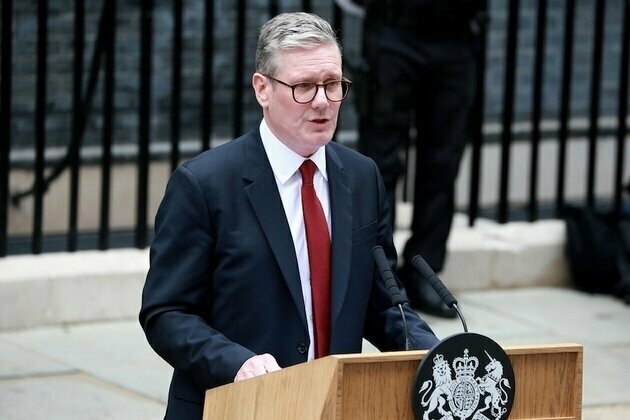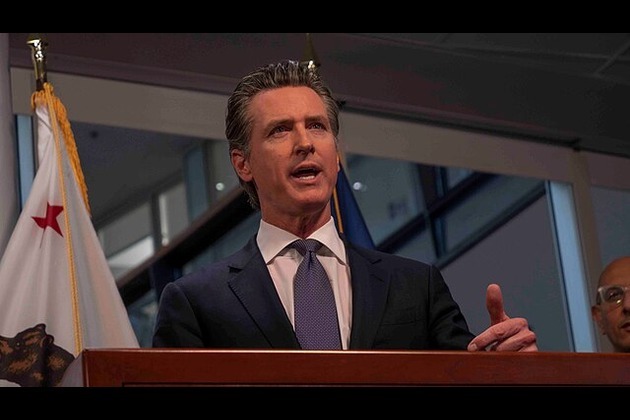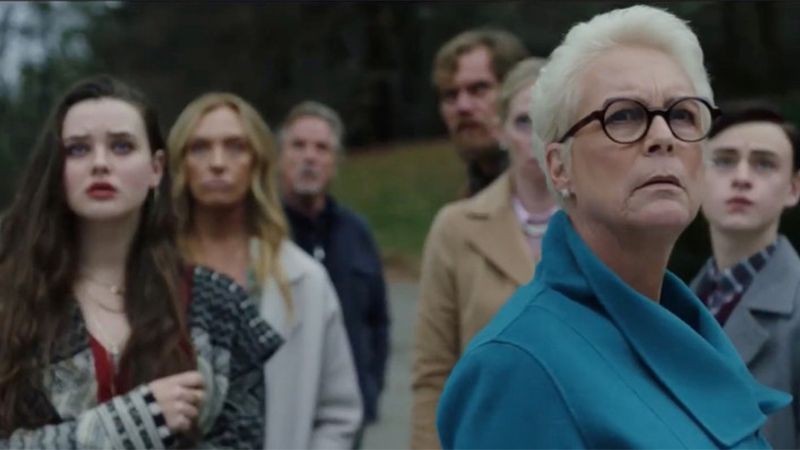Viking migration left a lasting legacy on Ireland's population
The Conversation
22 Aug 2019, 11:56 GMT+10

The early medieval period in Ireland (400-1200AD) was a time of key importance. It was a turning point in European history and the origin of much contemporary Irish culture and identity. Ireland, the early medieval "land of saints and scholars", had much cultural and economic growth during the 5th and 6th centuries. Elsewhere in Europe there were unstable populations in the wake of the fall of Rome.
Until now it was assumed that this Irish Golden Age was followed by stability and consolidation, and a steadily increasing population, despite disruption caused by Viking raids throughout the 9th century. Irish society at this time was also in a state of flux. The Vikings eventually established a network of towns that stood apart from the rural "native" Irish world.
A new analysis of the archaeological record, however, reaches a set of rather different conclusions. In our study, published in the Journal of Archaeological Science, we found that the Irish population had actually been in a serious decline for almost two centuries before the Vikings arrived. Our research reveals how ancient migrations of Vikings left a lasting legacy in the modern population.
'Big data' archaeology
Archaeological work in Ireland, using cutting-edge techniques borrowed from data science, can reconstruct past population levels. It is now possible to obtain fresh perspectives by integrating large volumes of archaeological "big data", and reveal patterns that were previously hidden. Thousands of productive excavations have taken place in Ireland in recent decades, thanks to a boom in building and motorway construction projects, and samples of organic tissue have been collected by archaeologists before the bulldozers get to work.
We used a database of some 10,000 radiocarbon dates of human activity in Ireland that has accumulated since the technique was pioneered in the 1940s. Each one of these "dates" was once a living thing - a fragment of wood, a grain of cereal, or an animal or human bone. When any organism dies, a naturally radioactive stopwatch is set off. A radiocarbon laboratory is able to estimate the time elapsed since the organism died by measuring how much of this radioactivity remains.
Although archaeologists routinely use radiocarbon dating to arrange their discoveries in the correct order, the technique is not very accurate. To deal with many thousands of these "dates" simultaneously, we need computers to consider millions of permutations of the uncertainties. The software can then find a mathematical pattern that explains the data with a defined level of statistical confidence.
The results can be interpreted as a record of population change. A guess at absolute population numbers is made by comparing the radiocarbon evidence against church and census records from more recent centuries. "How many people lived in the past?" is a question archaeologists are often asked, but until now we had very few tools with which to form an answer.
Gradual decline
For early medieval Ireland, it seems the population numbered several million people, perhaps over three million when the population was at its maximum in the late 7th century. This number was never stable and was fated to tip into a long slow decline for centuries afterwards.
The Irish population hovered at around 1-2m until the introduction of potato farming in the 17th century enabled a population explosion - with numbers exceeding 8m by the 1840s. Famine provoked by disastrous potato crop failures led to years of migration in the 19th and 20th centuries. The population never recovered. Today, some 6.6m people live on the island.
Unlike the potato famine, the gradual nature of the early medieval decline implies that there was no single cause. Plagues, famines, wars and natural disasters can all put the brakes on growth. So too can changing values brought about by political forces, religious practices and economic instability. There are hints from the historical and archaeological records that all these factors could have played a role.
Crucially, we can tell the decline set in at least a century before the Vikings first began to trouble Irish shores, so they can't be blamed for the downturn. In fact, the contrary may be true, as genetic evidence gathered in the present has demonstrated that living Irish people share a small but significant amount of their DNA with Scandinavians, and so the Vikings actually brought to Ireland fresh blood at a time when the existing population was stifled.
We believe we are only scratching the surface at what can be achieved by re-imagining archaeology as a form of data science. Other new perspectives currently being opened up by "big data" archaeology include how culture, economy and religion emerge via relations in economic and social networks, and how population records offer vital perspectives on past land use and how humans impact upon the environment.
Authors: Rowan McLaughlin - Visiting Research Fellow from the School of Natural and Built Environment, Queen's University Belfast | Emma Hannah - PhD Candidate, Queen's University Belfast 
 Share
Share
 Tweet
Tweet
 Share
Share
 Flip
Flip
 Email
Email
Watch latest videos
Subscribe and Follow
Get a daily dose of Belfast Bulletin news through our daily email, its complimentary and keeps you fully up to date with world and business news as well.
News RELEASES
Publish news of your business, community or sports group, personnel appointments, major event and more by submitting a news release to Belfast Bulletin.
More InformationNorthern Ireland
SectionAmazon still trails UK grocers on fair supplier treatment
LONDON, U.K.: Amazon has once again been rated the worst major UK grocery retailer by its suppliers when it comes to following fair...
Zero-dose children in India declined from 0.11% in 2023 to 0.06% in 2024: Union Health Ministry
New Delhi [India], June 28 (ANI): The percentage of zero-dose children (Those who have not received a single vaccine) in India has...
Pound 250,000 fund launched to help unlock environmental and economic opportunities for layer manure
Pound 250,000 fund launched to help unlock environmental and economic opportunities for layer manure Date published: ...
Lyons welcomes start of works on Pound 70m Queen's Parade project
Lyons welcomes start of works on Pound 70m Queen's Parade project Date published: 30 June 2025 ...
DAERA gets green light for legislation to support local fruit and veg growers
DAERA gets green light for legislation to support local fruit and veg growers Date published: 30 June 2025 ...
Proscribing Palestine Action: Questions and Issues for the UK
Lee Jarvis and Tim Legrand Download PDF Jun 27 2025 0 viewsfredduval/Shutterstock The UK governments proposal to ban the group...
International
SectionFox faces $787 million lawsuit from Newsom over Trump phone call
DOVER, Delaware: California Governor Gavin Newsom has taken legal aim at Fox News, accusing the network of deliberately distorting...
DeepSeek faces app store ban in Germany over data transfer fears
FRANKFURT, Germany: Germany has become the latest country to challenge Chinese AI firm DeepSeek over its data practices, as pressure...
Canadian option offered to Harvard graduates facing US visa issues
TORONTO, Canada: Harvard University and the University of Toronto have created a backup plan to ensure Harvard graduate students continue...
Israel should act fast on new peace deals, Netanyahu says
JERUSALEM, Israel: Israeli Prime Minister Benjamin Netanyahu says that Israel's success in the war with Iran could open the door to...
UN offer rejected in Dreamliner crash investigation
NEW DELHI, India: India has decided not to allow a United Nations (UN) investigator to join the investigation into the recent Air India...
UN climate agency gets 10 percent boost amid global budget cuts
BONN, Germany: Despite widespread belt-tightening across the United Nations, nearly 200 countries agreed this week to increase the...













